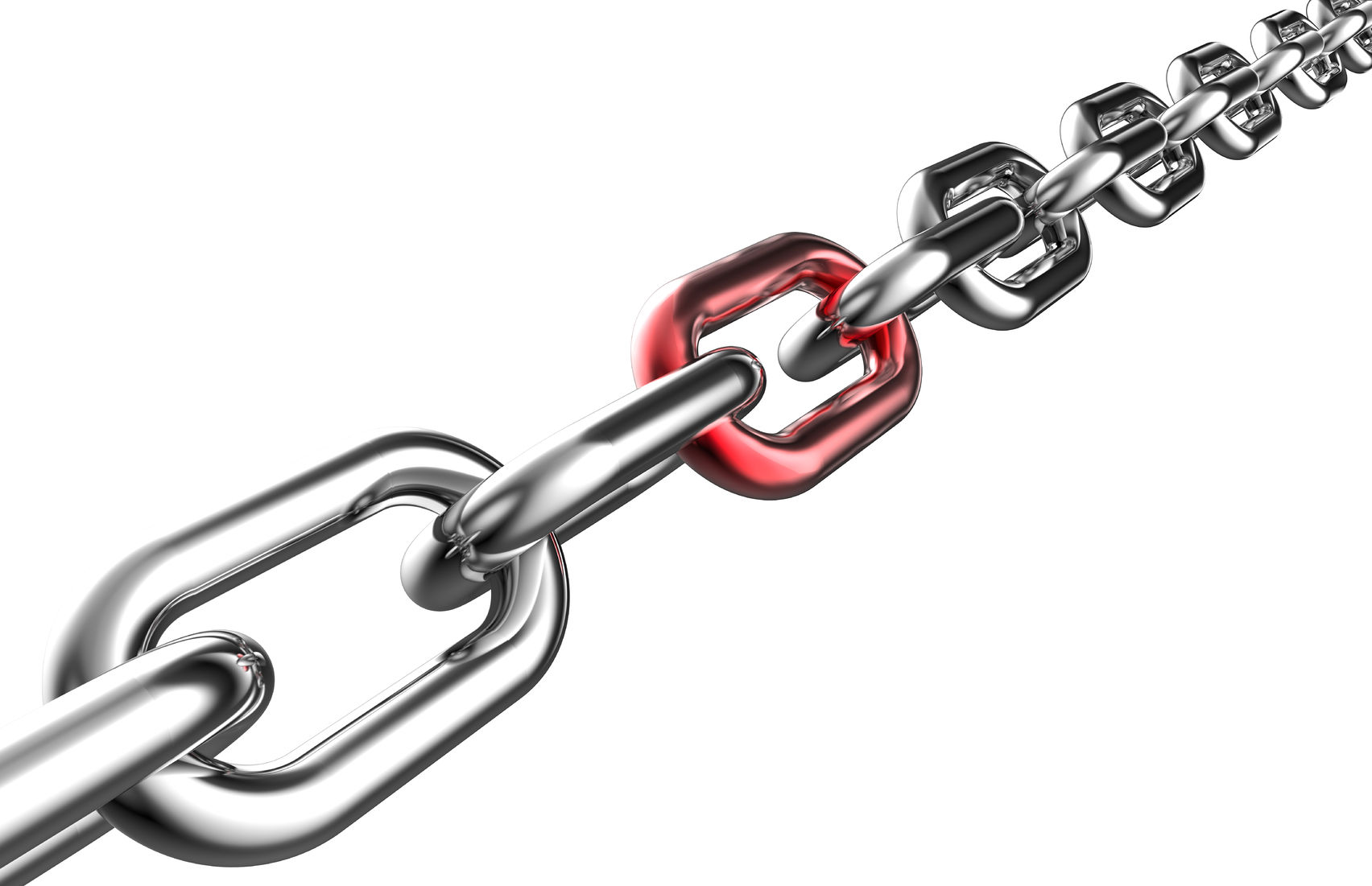Focused planning will help you gain better results. Think of your path to success like a chain. A chain needs strong links to be effective. If there’s a missing link, your project, product, or personal pursuit will fail. This is why you’ll benefit from a results chain. The tool helps you chart a strong path from start to finish.
What I like about results chains is that they translate complex ideas into something that people can see and discuss more concretely. They also save time and money, but more about that in a minute.
I first gained experience with results chains when I was working on a complex fisheries management issue. We were trying to see how both to boost commercial and recreational fishing opportunities and to provide for a sustainable future. It wasn’t easy. Fisheries management has complex regulations at both the federal and state levels. Making changes, even improvements, requires careful navigation. I found the experience with the results chain so valuable that I’ve used it since to help a consumer products business and a biotech company improve their decisions and results.
Why is a results chain valuable?
- It gives a team a visual map. When we work on complex issues with diverse teams, we need ways to communicate across areas of expertise. The saying that “a picture is worth a thousand words” is true. Many people communicate and comprehend better visually than they do verbally.
- A results chain focuses attention on critical issues and milestones. When we see the whole picture from start to desired outcome, it helps us focus. With limitations on expertise, time, and money, focus is a valued friend.
- It not only saves time but also money. When you identify the critical issues and key milestones, you can test what’s most important to determine the feasibility of your initiative. For example, a biotech company with a strong R&D emphasis had committed significant resources to develop a new product. Even if it could develop the product, would the customer be there to buy it? A results chain—working backwards from the desired goal to the critical issues—helped the team step back and realize that it needed some additional targeted market research before committing further R&D efforts.
How do you create a results chain?
- Clearly define your desired results. You can use the familiar SMART goals approach to identify results that are specific, measurable, achievable, relevant, and time bound. Give yourself something clear to target so that you are working on a well-defined need or opportunity.
- Identify what’s the critical issue to resolve first with a decision tree to demonstrate outcome choices. This will help you avoid the “sunk cost syndrome—“Oh, we’ve invested so much, let’s not give up yet.” Venture investors in both the private and public sectors are ruthless in wringing risks out of businesses. Even if you don’t have outside investors, use this discipline to make sure that you are investing your time and money wisely.
- Fill in the additional milestones and decision points. After passing the critical starting hurdle, what will need to happen to prove the concept, develop prototypes, or achieve other demonstrations of valuable progress? Note what you learn as you move forward.
What does a results chain look like?
A results chain can take multiple forms. Here’s a brief diagram of typical components.

How strong is your results chain? Do you have the important links clearly defined? Have you shared it with others who can give you candid feedback so that you aren’t deluding yourself? The hour or two that you spend to develop and review a results chain will yield many multiples of return in the clarity, confidence, and cost-effectiveness you gain.
